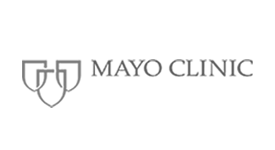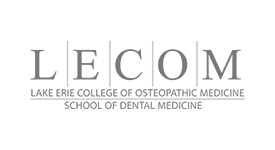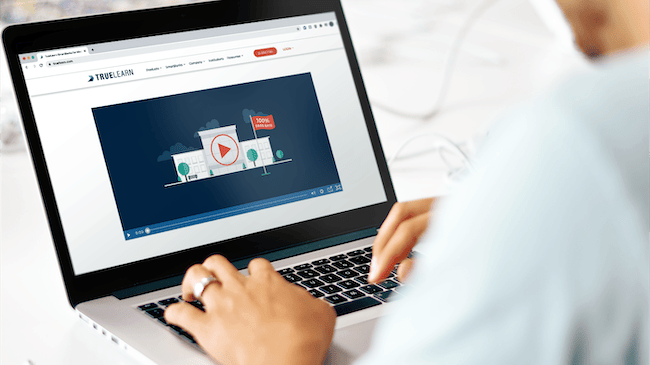COMLEX Question Banks To Test Your Best
Prepare With COMBANK











Over 93%
of osteopathic learners nationwide use COMBANK to outperform on their COMLEX exams!Data-Driven Results
The more you take, the more you improve – an average of 0.92% per 100 questions taken.
Taking the entire bank correspond to a 22.87% increase in average performance.
Rapid Improvement, “Ramp Up Period” – don’t let the actual exam be the first time you see COMLEX style questions.
Test your best with TrueLearn!
See What Osteopathic Medical Students & Residents Have To Say About TrueLearn
Select your COMLEX exam:
COMLEX Level 1
|
| View Details |
COMLEX Level 2 CE
|
| View Details |
COMAT Shelf Exams
|
| View Details |
COMLEX Level 3
|
| View Details |
Bring TrueLearn to your Institution
We partner with academic programs to offer bulk pricing on our SmartBanks. We’ll work with you to customize a package to fit your students’ needs and your institutional goals.
Become a PartnerSave more when you become an amabassador!
A referral program for students to gain access to our largest discounts to share with fellow students and simultaneously earn gift card rewards and incentives in the process.
Get a Group Discount



